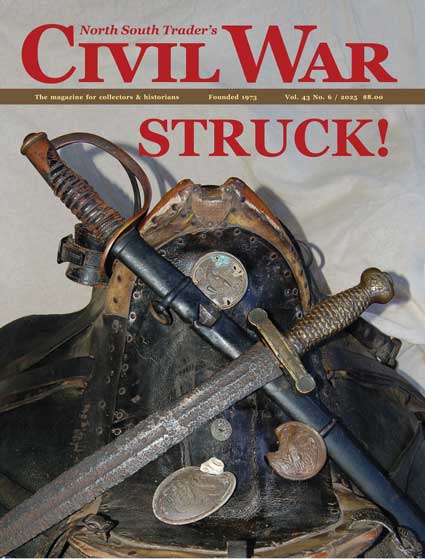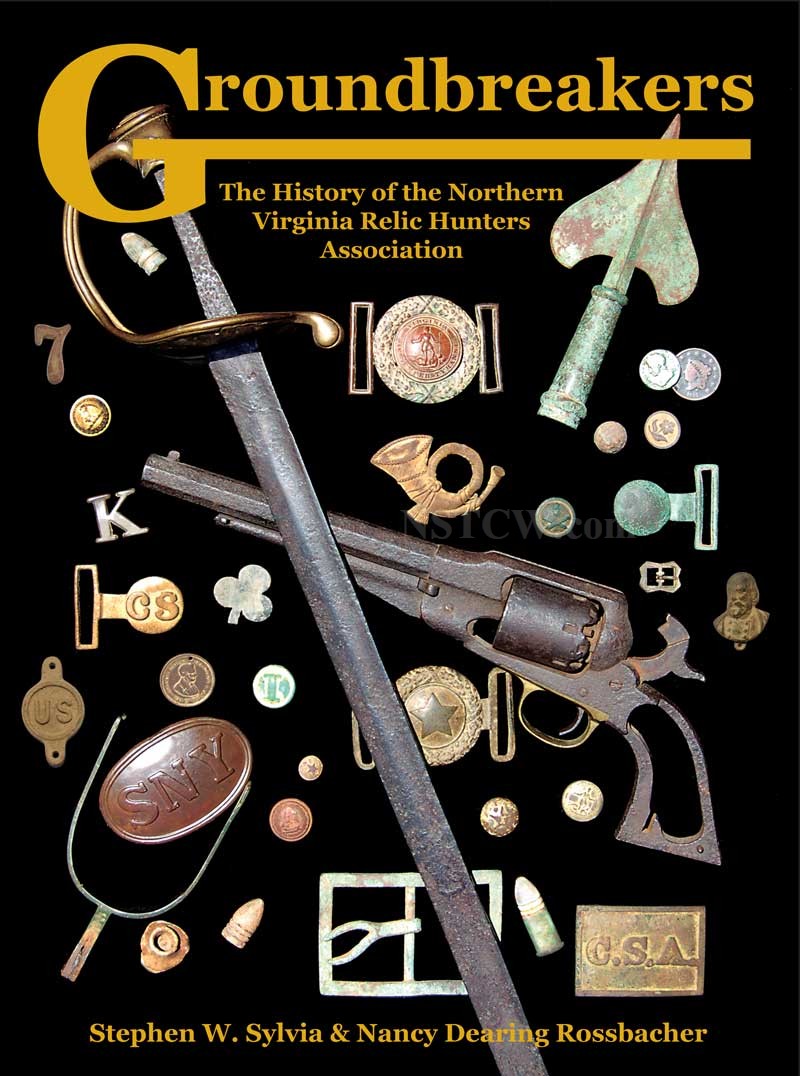|
Publisher's Forum Issue: 36-5 |
|
Nostalgia ain't what it used to be Few people are immune to nostalgia. Who among us doesn�t look back at periods in our pasts and long for "the good old days"? Nostalgia is such a pervasive aspect of human nature that it is used to successfully market countless products. It is used in political campaigns to provide comparison points to explain a goal, condemn an opponent, or disclaim a previous failed policy. Nostalgia is that abstract element that helps us view our personal history in a softer focus than we may have actually experienced at the time. In short, nostalgia gives us the chance to believe we have lived in better times and offers hope that we can repeat it. There are exceptions, of course. For example, a person is unlikely to reminisce fondly about years spent in prison, and some may look back with little but relief at leaving a poor choice of spouse who created years of unpleasantness. Barring such exceptions, nostalgia provides a barometer of our lives, a gauge by which we assess how we�re doing in the here and now. Striving to duplicate better times is not a bad route to pursue. In the Civil War business it is common to hear collectors and dealers speak wistfully of the past�the former excitement at shows, the lower prices of relics, the affability between dealers, the overall sense of camaraderie that characterized the hobby and made us glad to be a part of the group. They look back at those days and sigh at their passing. I confess to frequently indulging in such conversations and ruminations. However, nostalgia is also like wearing makeup. It can smooth rough edges and hide the warts and scars. The past is littered with negative experiences that nostalgia conceals or diminishes. For example, certain Civil War relics were always costly. I have wanted a Confederate battle flag since I was six years old. Barring time travel, it is as beyond my reach now as it was then. By the same token, a lot of what cost a day�s wages back in the good old days is still close to a current day�s wages. The difference is in the perception through the filter of nostalgia. Collectors are actually getting off lightly, given both inflation and an increase in value often not factored in: the research that, in the intervening years, has confirmed, explained, and broadened the context of a given artifact. Camaraderie remains a hallmark of our field. I still see it all the time: people planning a relic hunt or a trip to a Civil War show still act like kids on a Friday afternoon anticipating the weekend. At our annual show we see dealers and collectors who live hundreds of miles apart hooking up to share a show table or collaborate on a display, and we know that the get-together was planned with great anticipation months in advance. In my memory, Civil War shows were like going to the circus�without the sawdust, animals, and balloons, of course. But everything else was there. Eye candy was everywhere and people moved along the aisles like bobble-heads. Laughter and excitement filled the air, the aromas of hot dogs and popcorn wafted through the air, and crowds and eccentric characters abounded. You�d see Bill Albaugh slipping through the crowd dressed like a courtly antebellum plantation-owner with cape, silver-topped cane, and broad-brimmed slouch hat. Frank Lord, tall and professorial, might be regaling a small crowd of admirers with colorful anecdotes about collecting relics. Will Gavin would be standing behind a table covered with cases of excavated belt buckles and copies of his pioneer book on Civil War plates. Alphaeus Albert, slight of stature but huge in knowledge and charm, could be seen manning a table with buttons to kill for. Mac Mason, in cowboy hat, boots, and shoestring tie, might very likely be autographing copies of his bullet book. And Tom Dickey, arguably one of the most likable individuals to ever dig a relic, would be casually negotiating the best price imaginable for an artillery shell. Meanwhile, Stan Phillips, with a cigarette dangling from his lips, might be explaining to a small group of neophytes how to use The Civil War Atlas to find digging sites. And R.E. Neville, with Coke�bottle-bottom glasses perched upon his head and a Confederate sword guard to his nose, would be deciphering a faint inscription and describing it in his mellow Alabama drawl. Those of us who recall those days share the nostalgia for them. We need to remind ourselves that while everything changes, much remains the same. The colorful and flamboyant old guard is gone, but they have been replaced by a new cadre of noteworthy individuals. There are men like author and premier weapons collector Norm Flayderman, who can be occasionally spotted at a show listening with the patience of a saint as a novice collector tells him all about his Colt revolver�and "informs" Norm of the history of Colt arms. Pete George, successor to Tom Dickey, might be seen carrying a heavy mortar ball while explaining the details of the Whitwoth projectile to an advanced artillery collector. Author and publisher Mike O�Donnell can be found simply by looking for flashing lights�not from a police cruiser, but from his camera�s flash as he shoots for yet another book project. If you follow the sound of loud, exuberant laughter you will come upon one of America�s most experienced relic hunters, Dennis Cox, wearing his signature cap and carrying a mysterious, battered briefcase containing either relics or lunch. Author and appraiser John Sexton, phone to his ear, can be spotted moving from one table to another in a blur, searching for good buys. All these gentlemen and others will become the old guard that someone will doubtless write about someday with a wistful reflection on the "good old days." So bear in mind as you look back with longing that you are living in what will eventually be the "good old days." Enjoy them and make the most of them. �Stephen W. Sylvia, publisher |
| Past Publisher's Forums click an issue number to view |
| 43-6 |
| 43-5 |
| 43-4 |
| 43-3 |
| 43-2 |
| 42-3 |
| 42-3 |
| 42-3 |
| 42-3 |
| 42-3 |
| 41-6 |
| 41-5 |
| 41-1 |
| 40-5 |
| 40-4 |
| 40-3 |
| 40-1 |
| 39-6 |
| 39-5 |
| 39-4 |
| 39-3 |
| 39-2 |
| 39-1 |
| 38-3 |
| 38-2 |
| 38-1 |
| 37-6 |
| 37-5 |
| 37-4 |
| 37-3 |
| 37-2 |
| 37-1 |
| 36-9 |
| 36-6 |
| 36-4 |
| 36-3 |
| 36-2 |
| 36-1 |
| 35-6 |
| 35-5 |
| 35-4 |
| 35-3 |
| 35-2 |
| 35-1 |

